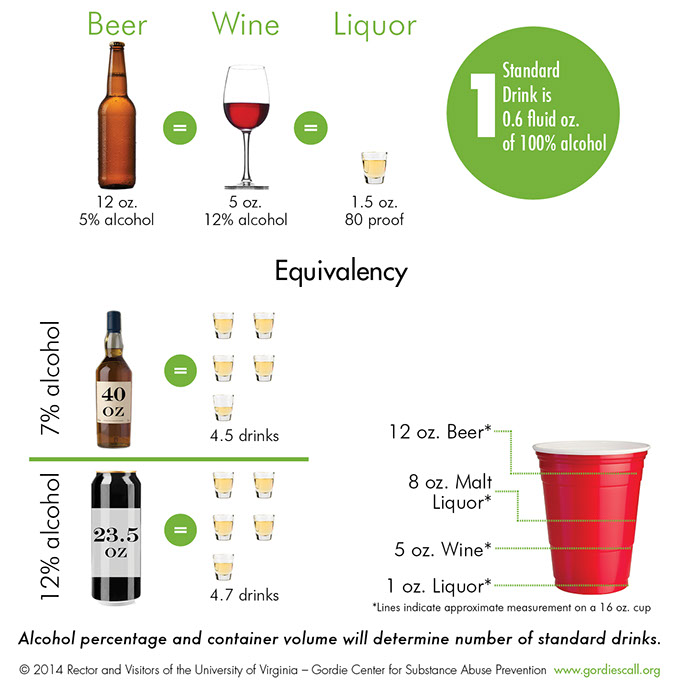FRATERNAL HEALTH & SAFETY INITIATIVE


Blood Alcohol Concentration (BAC) is a measure of the percentage of alcohol in the bloodstream. A BAC of .20 means 2 drops of alcohol for 1,000 drops of blood. It is important to understand the factors that affect BAC and how the effects of drinking alcohol vary among individuals.
You can learn more about BAC in a virtual bar known as the Blood Alcohol Educator. This interactive software demonstrates how different drinking scenarios affect Blood Alcohol Concentration. By re-creating realistic drinking experiences, you will be able to see how the same amount of alcohol can affect others of different weight and gender.
Keep in mind that the impairment experienced at any blood alcohol level is dependent on one’s tolerance to alcohol. Tolerance is a measure of how sensitive a person is to alcohol’s effects. The higher our tolerance, the less able we are to tell when we are impaired. Therefore, those with a low tolerance to alcohol will notice effects at lower BACs, while those with a higher tolerance will notice them somewhat later.
The size of a container is not the best way to measure “a” drink. To make low-risk drinking choices and avoid negative consequences as a result of drinking, we need a standard measure that will apply to different kinds of alcoholic beverages regardless of how they are served.

Measured in this way – beer, wine and liquor contain about ½ ounce of pure alcohol, which is a little more than the average amount of alcohol that the body can metabolize in one hour. For this reason, that amount has become the standard for one drink. Depending on their glass or container, some “single” serving drinks may be the equivalent of two or more standard “drinks”.
Source: Gordie Center for Substance Abuse Prevention at the University of Virginia
Favor & Company
10555 E Dartmouth Avenue, Suite 330
Aurora, CO 80014-2664
(303) 750-1122
(800) 344-7335
info@FavorAndCompany.com